Pokemon and their real-life counterparts in the PHL wild
While Pokemon Go has you running around catching pixels out in the urban jungle, the real-life counterparts of the animated creatures can be found in our natural jungles, forests, seas and rivers. Here are a few of them:
Getting a lot of Spearow?
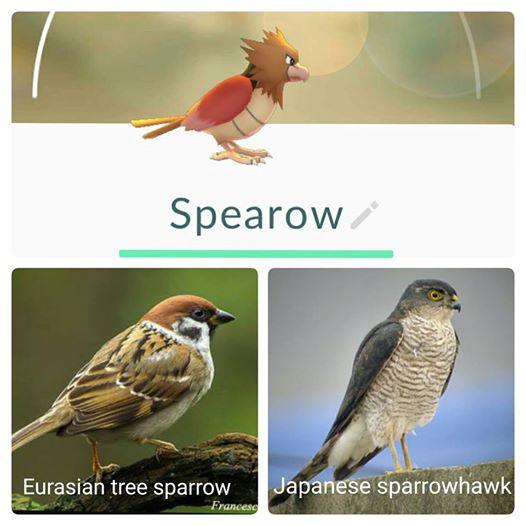
Like this pokemon, the eurasian tree sparrow or maya (mayang bahay, mayang simbahan) is abundant in urban areas. Did you know that it is not native to the Philippines but was introduced to the country?
But perhaps Spearow, because of its raptor features, is more like a Japanese sparrowhawk, a migratory bird here in Philippines.
Tired of catching Rattata?
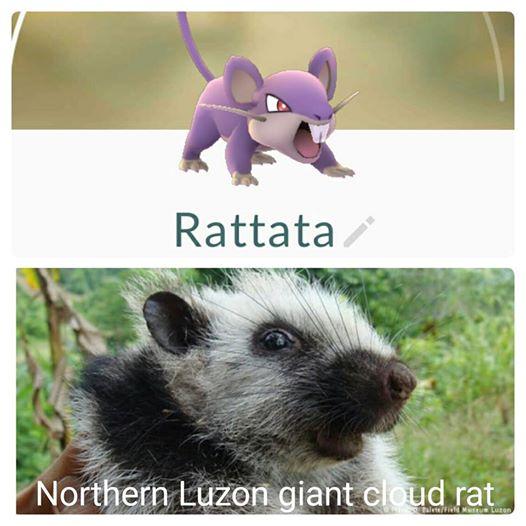
Did you know that we have unique endemic (only found here) rats in the Philippines? The cloud rat, unlike Rattata, is rare and is mostly found in pockets of rainforest or "sky islands." Scientists recently discovered 28 new species of these mammals in Luzon, making it the world's greatest concentration of unique mammal species.
Looking for Squirtle?
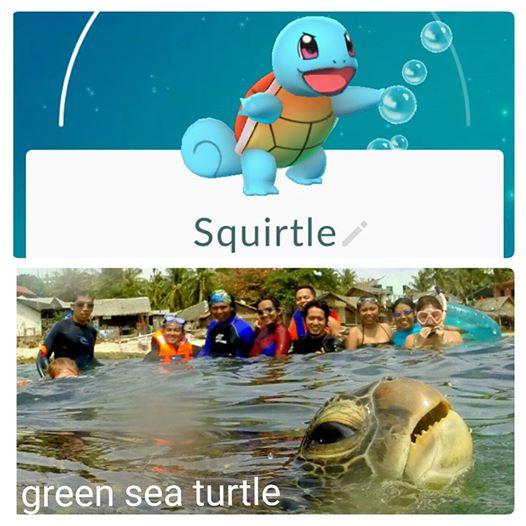
Did you know that out of the seven species of sea turtles, five are found in Philippine seas? They nest on beaches and feed on seagrass and coral reefs. They are endangered and shouldn't be caught for food or ornaments, nor kept as pets.
Want a Horsea?
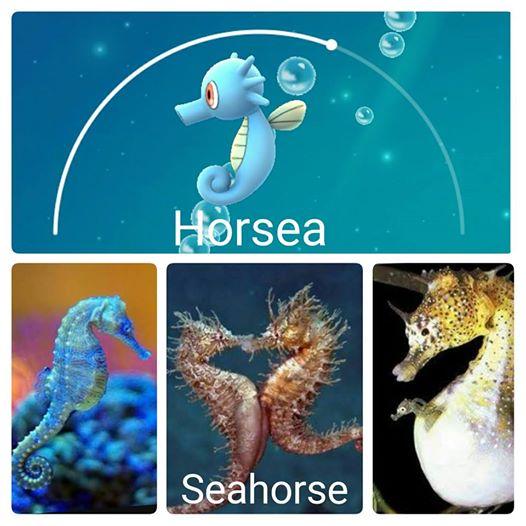
Like Horsea, seahorses anchor themselves on corals, seagrass or seaweed so as not to be taken away by the current.
When mating, the male seahorse carries the eggs and gets "pregnant." Many species are monogamous and do not change partners. #relationshipgoals
There are 11 species of seahorse in the Philippines. Seahorses are exploited for traditional Chinese medicine, aquarium fish trade and crafts.
Have you seen Vileplume?
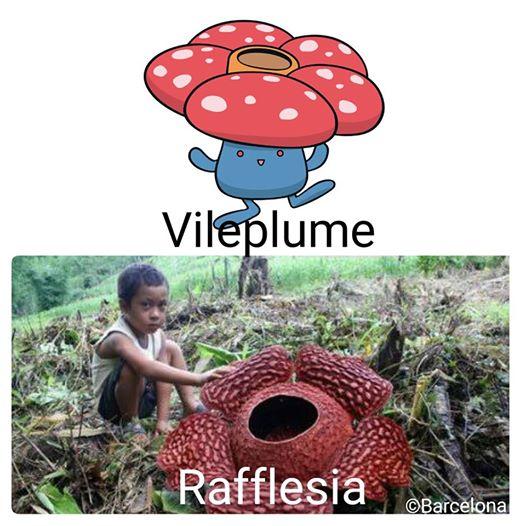
Like Vileplume, rafflesias are hard to find. Rafflesias are parasitic plants that grow on specific vines in forests. Their flowers smell like rotting meat, which attracts flies.
A new species was discovered in the Philippines just this year, bringing the total species in the country to 13.
So what is Bulbasaur?
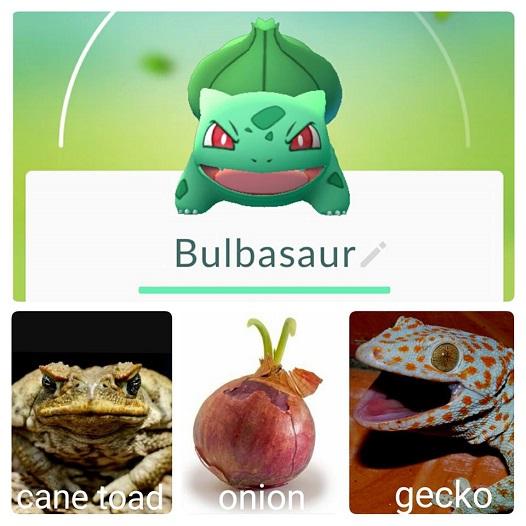
He'll pass as a water Pokemon if he's an amphibian, because he looks like a toad.
Did you know that the cane toad was introduced in the Philippines in the 1930s to control pests in sugarcane plantations? It has now become an invasive species.
Bulbasaur must be half-plant because it has a bulb on its back.
Onion, a bulb, is one of the largest contributors in domestic vegetable earnings.
But Bulbasaur may be a lizard, hence the "saur." According to the Environment Department, 26 of the 34 gecko species in the country are endemic, and their trade and collection are strictly regulated. However, geckos are being caught to be sold as pets or their parts to be used in traditional Chinese medicine.
Pidgey too common?
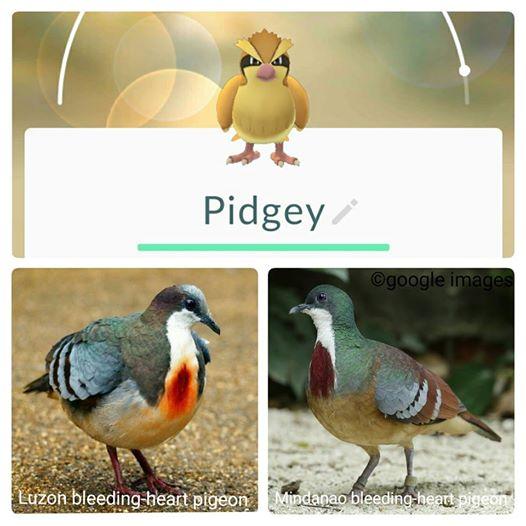
Unlike Pidgey, bleeding-heart pigeons are rare; they're actually endangered.
They are ground birds characterized by the "bloody" patch on their breasts. They are very difficult to see in the wild. Five species are found in the Philippines and are restricted to the Philippine biogeographic regions: Luzon, Mindoro, Negros, Mindanao and Sulu. Because of the threat of hunting and habitat loss, conservation breeding programs have been established to save the birds.
Looking for Zubat and Golbat?
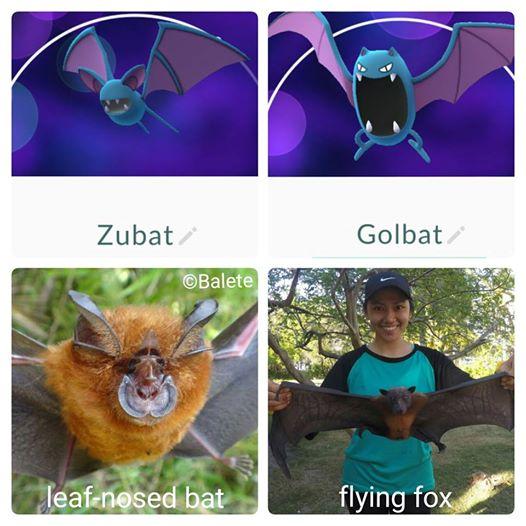
There are generally two kinds of bats, the insectivores and the frugivores.
Zubat must be an insectivore because it's blind with large ears (which it uses for echolocation). Golbat may be a frugivore because it's bigger and with smaller ears. Frugivores feed on fruits, some on nectar.
Bats are important to the ecosystem because they control insect populations, pollinate flowers and disperse seeds.
Disclaimer: The bats in the photos were handled for scientific purposes.
Would you like a Psyduck?
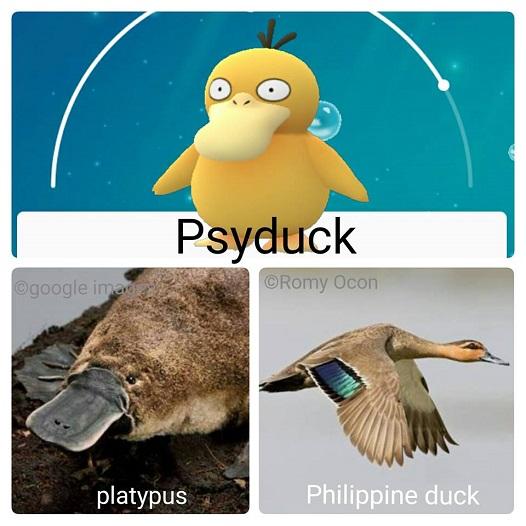
Psyduck resembles a platypus, an egg-laying mammal (yes, not a bird) from Australia.
We have our own endemic wild duck, the Philippine duck. It lives in freshwater and saltwater habitats. It is however classified as "vulnerable" because of hunting and conversion of habitats.
Have you seen Dewgong?
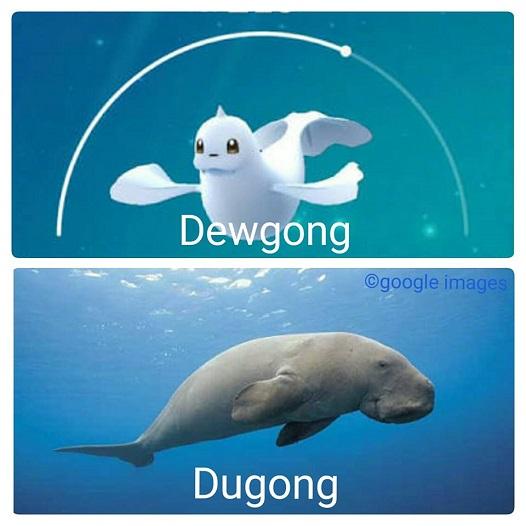
Like the Pokemon Dewgong, the real-life dugong is hard to find. The dugong or sea cow is largely dependent on seagrass communities. They are classified as "vulnerable" because of threats of hunting, habitat degradation and fishing-related fatalities. They can still be found in Palawan and Davao. They are said to be the inspiration for mermaids. — BM, GMA News
Photo credits: npmjs.com, Romy Ocon, D. Balete, D. De Jesus, W. Ferrebee, wrscomsg.wordpress.com, Pinterest, D. De Jesus, Barcelona, F. Veronesi, J. Loghry




